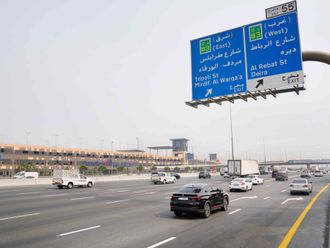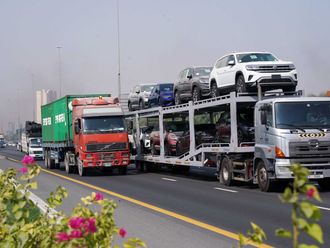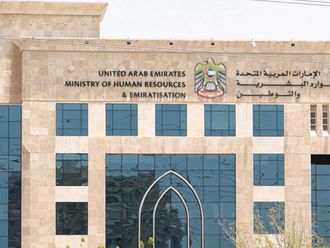Abu Dhabi: In the past, the wide streets separating homes and villas in the capital has deterred walking, especially in the hot summer months. But a new set of guidelines for street design and utility installation aims to encourage more walking and social interaction among residents.
To make streets narrower, one of the biggest challenges is to reduce the space taken up by underground utility lines and control chambers, including those for power, water, telecommunication and fibre optics. The Abu Dhabi Urban Planning Council’s (UPC) Utility Corridors Design Manual (UCDM) however includes solutions and standards for setting up all these utilities within limited street widths.
“We have already released stipulations for street design that call for narrower streets. But this is only possible if all utilities can be accommodated, which can be achieved using the specifications outlined in the recently-released UCDM,” said Ahmad Al Za’abi, senior infrastructure planning professional at the UPC.
The UCDM has been mandatory for all new infrastructure and community developments for the past two months, following approval from the Abu Dhabi Government, the official told Gulf News. It is currently being implemented across various projects in suburbs such as Al Shawamekh, Al Shamkha, Bani Yas and Mohammad Bin Zayed City, as well as in master plan developments in Al Saadiyat Island, North Wathba, Sila’a, Delma and Ghayathi.
Neighbours
The construction of narrower streets is expected to save on costs by seven to 23 per cent in general.
“Because utilities are so essential, developers were earlier allowed to use as much space as needed to install them. This made streets wide and walking difficult, and also reduced the chance for neighbours to meet with one another,” he explained.
Ebrahim Al Hammoudi, manager of the transport department at the UPC, also said that the narrower roads would help reduce motorists’ average speeds, thus making them safer.
The utlity corridor guidelines will be used by developers in tandem with the Urban Street Design Manual, which specifies street design requirements and was updated in 2012, and the Public Realm Design Manual that focuses on making sidewalks, road medians and other public spaces more pedestrian friendly.
According to the UPC, the implementation of these manuals to design roads reduces the right of way by 25 per cent.
While the standard will apply for new projects, they will also be implemented whenever possible when existing roads are retrofitted, the officials said.
Nearly 600 planning professionals and developers have also been trained to comply with the UCDM.












